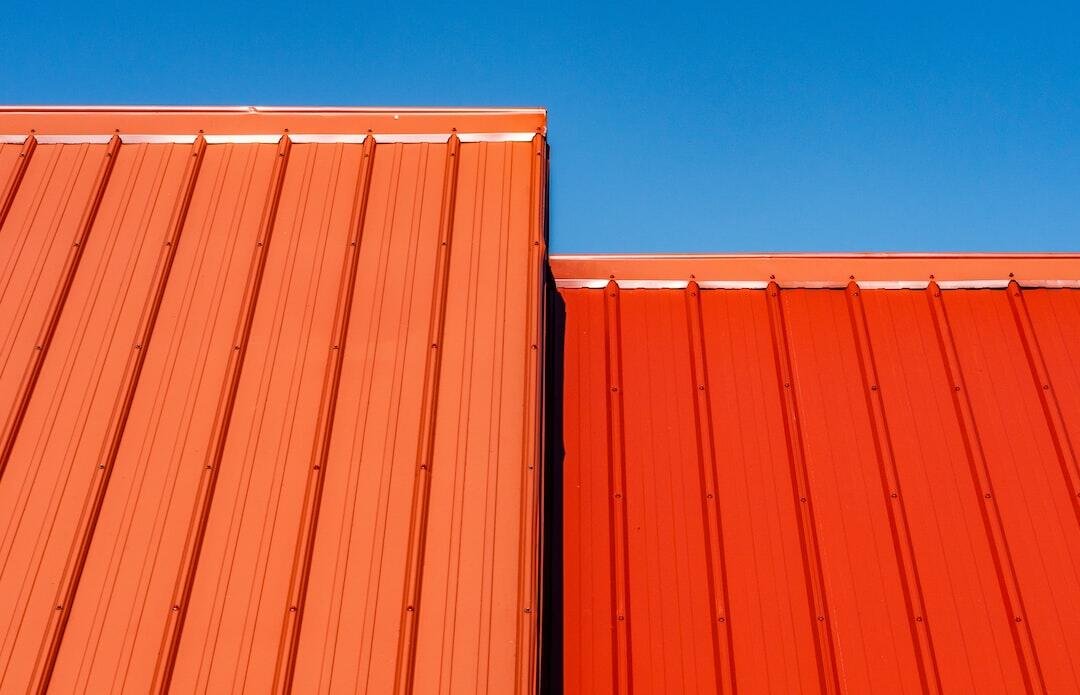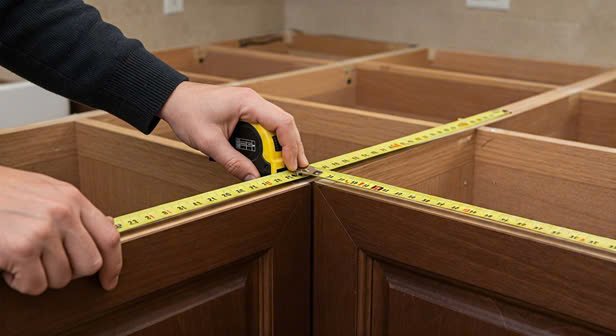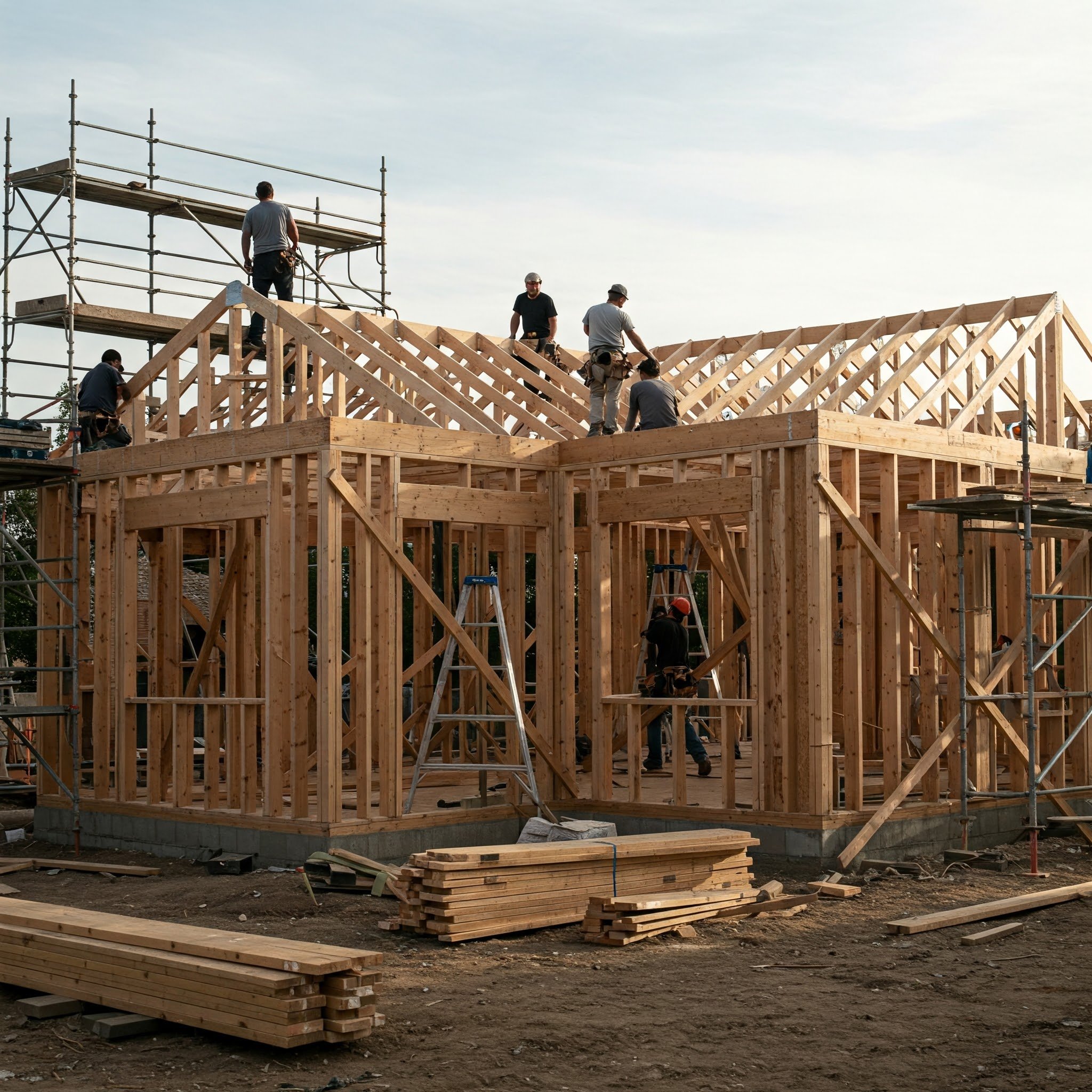The Benefits of Rainscreen Insulation Systems
Explore the benefits of rainscreen insulation systems, from improved energy efficiency to enhanced moisture control, for a more durable and comfortable home.
Rainscreen insulation systems are rapidly gaining popularity in modern construction, offering a unique and innovative approach to building envelopes. These systems go beyond traditional wall assemblies, providing a multitude of benefits for both homeowners and building professionals. This comprehensive guide delves into the world of rainscreen insulation, exploring its key features, advantages, and why it might be the perfect choice for your next building project.
Understanding Rainscreen Insulation Systems
At the heart of a rainscreen system lie three key components:
Cladding: The exterior layer, visible on the finished building, is typically made of materials like wood, metal, or stone.
Ventilation Cavity: A crucial air gap separates the cladding from the insulation layer. This cavity allows for air circulation and moisture drainage.
Insulation Layer: Located behind the ventilation cavity, the insulation layer provides thermal resistance, reducing heat transfer between the interior and exterior of the building.
So how does it work? Rainscreen systems employ a clever strategy for managing moisture and air infiltration. Any moisture that penetrates the cladding, such as rainwater, can drain freely through the ventilation cavity and escape outwards. This prevents moisture buildup within the wall assembly, a leading cause of rot, mold, and structural damage.
The air cavity also plays a significant role in wind resistance. By acting as a buffer zone, the cavity reduces wind pressure on the building envelope, minimizing air infiltration through cracks and gaps. This translates to improved indoor comfort with fewer drafts and better temperature control.
When compared to traditional wall assemblies, rainscreen systems offer a distinct advantage. Traditional methods often rely on a single moisture barrier, which can trap moisture within the wall if compromised. Rainscreen systems, on the other hand, provide a more robust defense against moisture with the ventilated cavity acting as a secondary drainage path.
Enhanced Weather Protection: A Shield Against the Elements
One of the most significant benefits of rainscreen insulation systems is their superior protection against weather elements. Let's explore how rainscreen systems offer a stronger defense against rain and wind:
Rain Management: As mentioned earlier, the ventilation cavity allows any moisture that penetrates the cladding to drain away freely. This prevents water buildup behind the cladding, which can lead to rot, mold growth, and structural damage. Traditional wall assemblies without a drainage cavity are more susceptible to these issues.
Wind Resistance: The air cavity acts as a buffer zone, reducing wind pressure on the building envelope. This minimizes air infiltration through cracks and gaps in the cladding, leading to fewer drafts and improved temperature control inside the building.
The benefits of enhanced weather protection are multifaceted. Reduced moisture exposure contributes to a longer lifespan for the building envelope. Exterior materials like siding and cladding are less susceptible to weather-related wear and tear, requiring less frequent repairs and replacements. Furthermore, improved air infiltration control translates to a more comfortable living environment with consistent indoor temperatures throughout the year, reducing reliance on heating and cooling systems.
Improved Thermal Performance: Keeping You Warm in Winter and Cool in Summer
Rainscreen insulation systems are not just about weather protection; they also contribute to superior thermal performance. Here's how rainscreen systems enhance building insulation:
Double the Defense: The air cavity itself acts as an additional layer of insulation, slowing down heat transfer between the exterior and interior of the building. This provides a significant advantage over traditional wall assemblies where insulation is typically limited to a single layer.
Freedom to Choose: The rainscreen design allows for the installation of thicker insulation layers within the cavity compared to traditional methods. This additional insulation further improves the overall thermal efficiency of the building envelope.
The benefits of improved thermal performance are clear. A well-insulated building requires less energy for heating and cooling, leading to significant cost savings on utility bills. Furthermore, consistent indoor temperatures throughout the year contribute to a more comfortable living environment for occupants. Imagine a cozy and warm home in the winter and a refreshingly cool space during the summer rainscreen insulation systems can help achieve this balance.
Beyond the Basics: Additional Advantages of Rainscreen Systems
Rainscreen systems offer even more benefits beyond enhanced weather protection and improved thermal performance. Here are some additional advantages to consider:
Durability and Low Maintenance: By protecting the underlying building envelope from harsh weather elements, rainscreen systems reduce the need for frequent repairs and maintenance. The ventilated cavity allows for faster drying of any moisture that might penetrate the cladding, further minimizing the risk of rot and mold growth.
Design Flexibility: Rainscreen systems offer a wide range of cladding options to suit various architectural styles and preferences. Whether you desire the warmth of wood, the sleekness of metal, or the timeless beauty of stone, rainscreen systems can accommodate your design vision. Solar Dry - Rainscreen Insulation, for instance, provides versatile Rainscreen systems that offer a wide range of cladding options to suit various architectural styles and preferences.
Improved Sound Insulation: The air cavity and additional insulation layer in a rainscreen system contribute to a reduction in exterior noise transmission. This creates a quieter and more peaceful indoor environment, especially beneficial for homes located in busy urban areas or near noisy highways.
Fire Safety: Certain rainscreen cladding materials can offer superior fire resistance compared to traditional building materials. This enhances the overall fire safety of the building, providing an additional layer of protection for occupants.
Rainscreen Insulation Systems: A Sustainable Choice
In today's world of environmental consciousness, building practices that promote sustainability are increasingly important. Rainscreen insulation systems contribute to a more sustainable building environment in several ways:
Reduced Energy Consumption: As discussed earlier, rainscreen systems offer superior thermal performance, translating to lower energy consumption for heating and cooling. This reduced reliance on fossil fuels lowers the building's carbon footprint and contributes to a more sustainable future.
Sustainable Materials: Many rainscreen cladding materials are recyclable or come from sustainable sources like wood grown in managed forests. By incorporating these materials into the building envelope, you can contribute to responsible resource management and environmentally conscious construction practices.
Considering Rainscreen Systems for Your Project
Rainscreen insulation systems offer a compelling option for both residential and commercial buildings. Here are some factors to consider when deciding if a rainscreen system is right for your project:
Building Type: Rainscreen systems are well-suited for various building types, including single-family homes, multi-unit dwellings, and commercial buildings.
Budget: While rainscreen systems may require a slightly higher initial investment compared to traditional methods, the long-term benefits in terms of energy savings, durability, and reduced maintenance costs can offset the initial expense.
Climate: Rainscreen systems offer excellent performance in a variety of climates. They excel in regions with high moisture levels or strong winds, providing superior protection against these elements.
Consulting with architects and builders experienced in rainscreen construction is crucial for a successful project. These professionals can advise you on the most suitable materials, and design considerations, and ensure proper installation to maximize the benefits of a rainscreen system.
Conclusion
Rainscreen insulation systems represent a significant innovation in building envelope technology. They offer a unique combination of enhanced weather protection, improved thermal performance, design flexibility, and sustainability benefits. If you're looking for a way to create a more comfortable, energy-efficient, and durable building, a rainscreen insulation system might be the perfect choice for your next project. By understanding the numerous advantages rainscreen systems offer, you can make an informed decision and invest in a building that will last for generations to come.






























